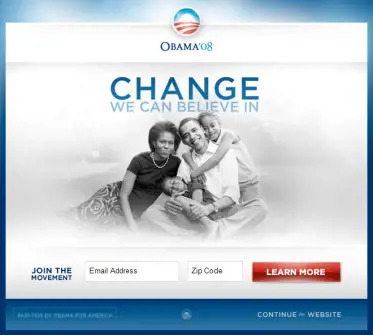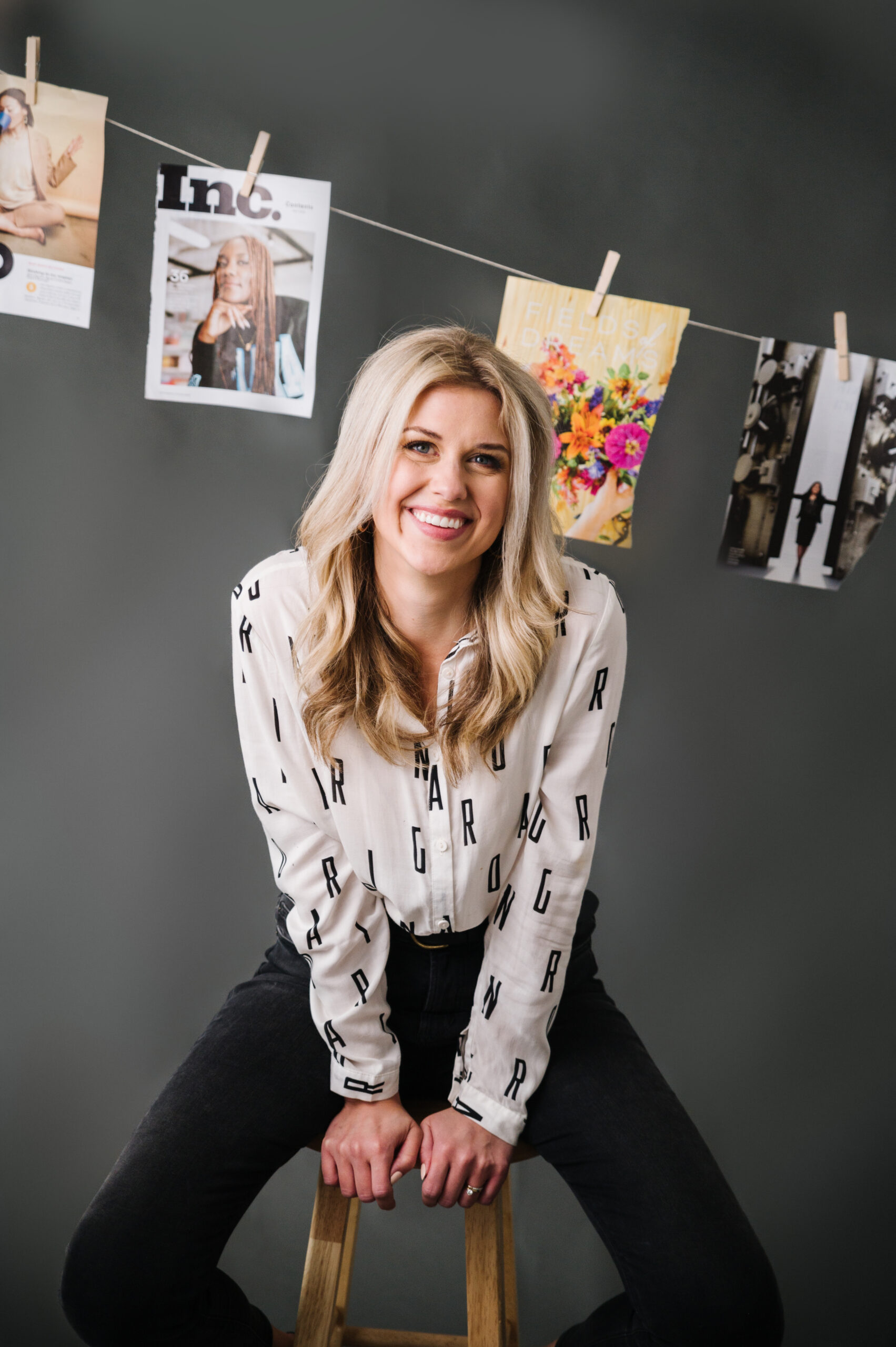OUr signature service
Allow us to craft your website copy, long-form sales page, launch email sequence, ad copy, or other need-it-now copy needs.
Free download
How strong is your brand voice? If you aren't sure, this guide is for you. Download our gorgeous, 20-page magazine to learn our secrets to writing with style.
VIP Day
Brand Voice Magazine
[ Tell Me More ]
[ Download Now ]
New!
How's your website really doing? Let's find out. Get the actionable tips you need to optimize your site (read: convert more clients).
Website Audit
[ I'm Intrigued ]
BY Sarah Klongerbo
Hello! Thanks for making this page a pitstop on your web-browsing journey. Please, stay awhile! We've got plenty of reading material to help you pass the time—and enhance your brand & copywriting while you're at it.
Follow @quotablecopy
[ Meet Our Founder & Editor In Chief ]
Grab the Brand Voice Magazine!
[ Download The Copy Edit ]
keep learning ABOUT:
tools & systems
STRATEGY & SALES
business & branding
copywriting & editing
productivity & life
Get Weekly Copywriting Tips!
[ Join The Weekly Wink ]
How Conversion Copywriting Can Boost Your Creative Business Sales

Truth bomb: The reason you haven’t been making more sales isn’t that you’re a bad creative entrepreneur, or that people hate you, or that your offers suck.
It’s that you haven’t effectively communicated your value.
If you want to increase your creative business sales, you need to explain to your ideal clients WHY they need your product or service (and why they need it now).
The best — no, ONLY — way to do that is through conversion copywriting.
Why Creative Businesses Need Conversion Copy
As a creative business owner, you’ve likely heard about the importance of copywriting. Maybe you’ve hired a copywriter before. Or maybe your friends have, and you’re curious why.
After working with hundreds of photographers, designers, course creators, and other creative entrepreneurs, we can confirm that conversion copy is ESSENTIAL to your business success.
Here’s why.
Um, What Is Conversion Copywriting?
First off, let’s define copywriting: the act of writing anything with the intention of selling something.
Yes, that includes a lot of different types of business-related writing, from your podcast intro to the words on your website to the marketing emails you send prospective clients or customers.
Conversion copywriting, then, is the act of writing anything with the intention of getting people to convert, AKA take a specific action. Conversion means different things to different creative entrepreneurs; common conversion goals include making a purchase, filling out a form, or clicking a call-to-action (CTA) button.
Conversion copywriters for creative businesses combine principles of human psychology with effective writing techniques to persuade people to click, submit, or buy.
Can Conversion Copywriting Actually Increase Sales?
You bet your bottom dollar it can. In fact, you could say conversion copywriting is the only way to increase creative business sales.
“People don’t buy without a reason why.”
–Copywriter Jim Edwards
If you don’t convey to your clients or customers — using, y’know, words — WHY they need your offer, they won’t buy. Plain and simple.
The thing is, it’s not enough to take a stab at some services page copy, slap it up on your website, and kick back with your bare feet on your desk while you wait for sales to roll in.
You need to use messaging strategies and copywriting techniques that are proven to boost conversions.
3 Tried-and-True Techniques for Conversion Copywriting
Copywriters use dozens of techniques to increase conversions for photographers, designers, coaches, and other creative business owners.
Here are just three of our favorites.
1. Grab Attention Immediately
In marketing, we call this the “hook” — the headline, statement, or question that piques someone’s curiosity. In a blog post, it’s the title; in a video, it’s the first five seconds; in an Instagram post, it’s the graphic and/or first line of the caption.
Do not breeze past this — it’s literally the most important part of your copy. Without a sharp hook, you have no way to reel someone in.
Here are a few enticing ways to get your audience’s attention right from the start:
- Ask a thought-provoking question.
- Reveal a secret.
- Share a shocking (yet accurate) statistic.
- Drop a hot take.
- Tell an interesting personal anecdote.
2. Make an Emotional Connection
Once you’ve got your audience’s attention, how are you gonna keep it?
Sure, you could tell a wild story or throw in a bunch of exclamation points (“you won’t believe what happened next!!!”). But how many of those readers are actual prospective clients, vs. people who just like to watch train wrecks?
The best way to prime your audience to buy is to connect with them on an emotional level. Once they feel you truly understand them, they’ll be more likely to trust you with their money.
Here are several ways to establish an emotional connection with your audience:
- Address their specific pain points.
- Show empathy with your tone and words.
- Feature stories and quotes from real clients.
- Use conversational language.
- Explain (in a non-sales-y way) how your business can help.
3. Create a Compelling CTA
You got their attention, and you kept their attention. Now, it’s time to turn that attention into ACTION.
At the end of whatever you’re writing, don’t leave your audience hanging — give them a clear CTA. In other words, spell out exactly what you want them to do.
While many creative entrepreneurs shy away from directly promoting their businesses, the CTA is not a time to be shy. If you’ve done your job of convincing your audience they need your product or service, they are READY to buy — and it’s your job to show them how!
Here are a handful of ways to craft your CTAs with conversion in mind:
- Use action verbs (“READ NOW” vs. “ACCESS NOW”)
- Keep it short and simple.
- Write from the reader’s perspective (“YES, I WANT THAT!”)
- Use a big, bold, and on-brand button.
- Emphasize the value, especially if it’s free.
How to Know if Conversion Copy Is Working
We’ve been talking a lot about numbers, without really talking about numbers… but now it’s time to get into them. (Sorry, right-brained creative folks.)
Because conversion copywriting is all about, well, conversions, you need to track those conversions in order to see whether your copy is doing its job.
Metrics, Tools, & Tips to Track Conversion Copy
How you track conversions depends on what your definition of conversion is. If it’s making a purchase, you’d track revenue; if it’s submitting a contact form, you’d track form submissions; if it’s clicking a button, you’d track button clicks (or, if your software doesn’t offer that metric, you’d track visits to the button URL).
You can track whatever time frame makes sense to you — maybe it’s year-over-year revenue, or maybe it’s your latest webinar stats vs. the previous. Just be consistent, or you’ll start to get super confused as time goes on.
Tools for tracking conversion data abound on the internet. A favorite among online marketers is Google Analytics, which tracks common website and app metrics as well as custom conversion goals you can create yourself. You can also use the built-in analytics of whatever software you’re already using, like Kajabi or Squarespace, though you won’t have a full picture of your data. If you’re really serious about conversion optimization, you can use a third-party testing platform like HotJar or an opt-in tool like OptinMonster — something specifically designed to measure and improve your conversion rate.
Whatever tool(s) you use to track your conversions, make sure you’re measuring them according to the specific source of copy. If all you do is measure all revenue from all sources, you have no idea whether it was the new copy that made a difference — it could have been ANYTHING your business did in that time frame.
A Conversion Copywriting Case Study from President Obama

We’ll leave you with a little anecdote from none other than President Obama.
When he was running for election — and trailing by double digits in the polls — back in 2007, his director of analytics, Dan Siroker, ran a simple experiment.
Siroker tested two areas of the campaign website: the “media” section at the top and the CTA button just beneath. He used what is now called Google Optimize to show different images and copy to different website visitors, with the goal of seeing which variation resulted in the most conversions (which was, in this case, form submissions).
The winner was NOT what the campaign staff had predicted. Had they kept their original preference, the page would have continued converting at 8.26% instead of the new 11.6% — and while that might not sound like a big difference, the impact was huge.
Siroker estimates that, because each person who submitted the form ended up donating an average of $21 during the campaign, “The additional 2,880,000 email addresses on our email list translated into an additional $60 million in donations.”
$60 million dollars.
From one online experiment.
Think conversion copywriting is important now?
Want Help Crafting Conversion Copy for Your Creative Business?
Well, lucky you — that’s exactly what we do around here!
Quotable Copy specializes in conversion copywriting for creative businesses. We can help you convert more clients or customers with our Brand and Website Copy, Copywriter On Call, or VIP Day services.
We may not be able to guarantee you $60 million dollars… but you never know, do you?
Reach out for a custom quote!
[ Yes, I Want Conversion Copy! ]
Keep up the good reading
[ See All Articles ]
©2023 – 2025 Quotable Copy™








